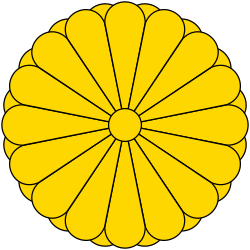| |||||||||||||||||||||||||||||
All 300 seats in the House of Representatives 151 seats needed for a majority | |||||||||||||||||||||||||||||
|---|---|---|---|---|---|---|---|---|---|---|---|---|---|---|---|---|---|---|---|---|---|---|---|---|---|---|---|---|---|
| |||||||||||||||||||||||||||||
| |||||||||||||||||||||||||||||
| This article is part of a series on |
 |
|---|
| |||||||||||||||||||||||||||||
All 300 seats in the House of Representatives 151 seats needed for a majority | |||||||||||||||||||||||||||||
|---|---|---|---|---|---|---|---|---|---|---|---|---|---|---|---|---|---|---|---|---|---|---|---|---|---|---|---|---|---|
| |||||||||||||||||||||||||||||
| |||||||||||||||||||||||||||||
| This article is part of a series on |
 |
|---|
 | |||||
|---|---|---|---|---|---|
| Party | Votes | % | Seats | +/– | |
| Kenseitō | 244 | +36 | |||
| Kokumin Kyōkai | 21 | –8 | |||
| Hiyoshi Club | 9 | New | |||
| Independents | 26 | –11 | |||
| Total | 300 | 0 | |||
| Total votes | 401,390 | – | |||
| Registered voters/turnout | 502,292 | 79.91 | |||
| Source: Statistics Bureau of Japan | |||||